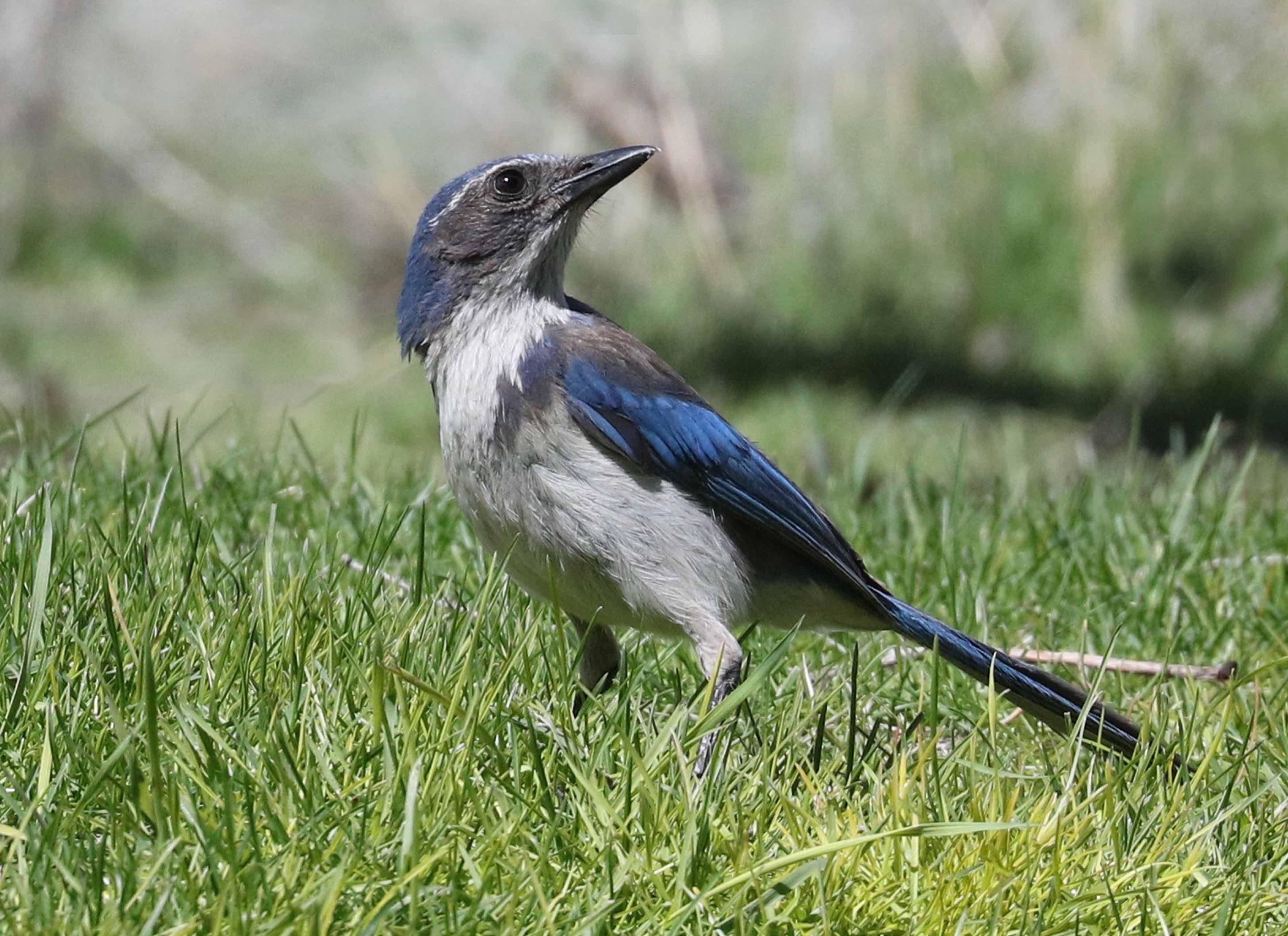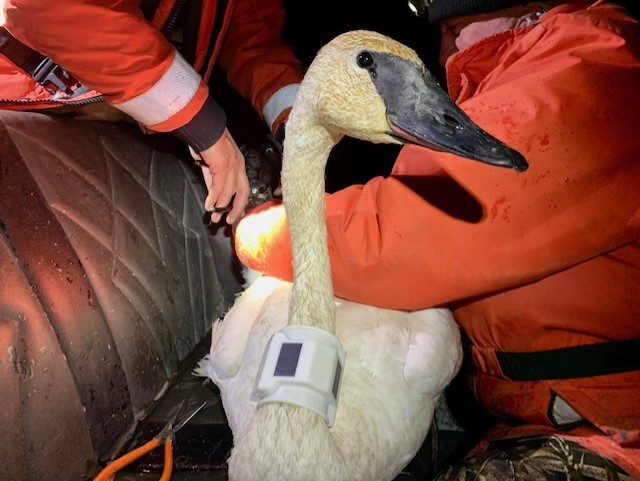


A boldly colored member of the New World blackbird family, the Bullock’s oriole is a thrill to behold as it hops among branches of cottonwoods and other deciduous trees and shrubs, often not far from water, gleaning insects and other invertebrate prey.


Throughout eastern Oregon and the Intermountain West migrating and nesting shorebirds depend on saline and freshwater lakes, playas, and nearby wetlands for refueling during migration and for breeding. For example, Wilson’s Phalarope use saline lakes throughout the region as stopover habitat.


Written by Peter Pearsall/Photo by Dan Streiffert One of the first songbirds to arrive in spring and among the last to depart in fall, the Spotted Towhee is a welcome


Written by Peter Pearsall/Photo by Kay Steele We marvel at birds for a wide variety of reasons: colorful plumage, melodious songs, intriguing behavior, canny adaptations, and so on. But perhaps


Malheur National Wildlife Refuge was once home to as many as 20+ breeding pairs of Trumpeter Swans. As recently as the 1990’s Refuge biologists have a history of collaborating with and Oregon Department of Fish and Wildlife biologists and managers from Summer Lake Wildlife Area to capture cygnets from Benson Pond and transfer them over to Summer Lake.
View our profile to learn more about our non-profit transparency.
Learn how you can get a qualified tax credit with your donation.
Donations are used across the Refuge for a variety of projects and programs that support our mission.